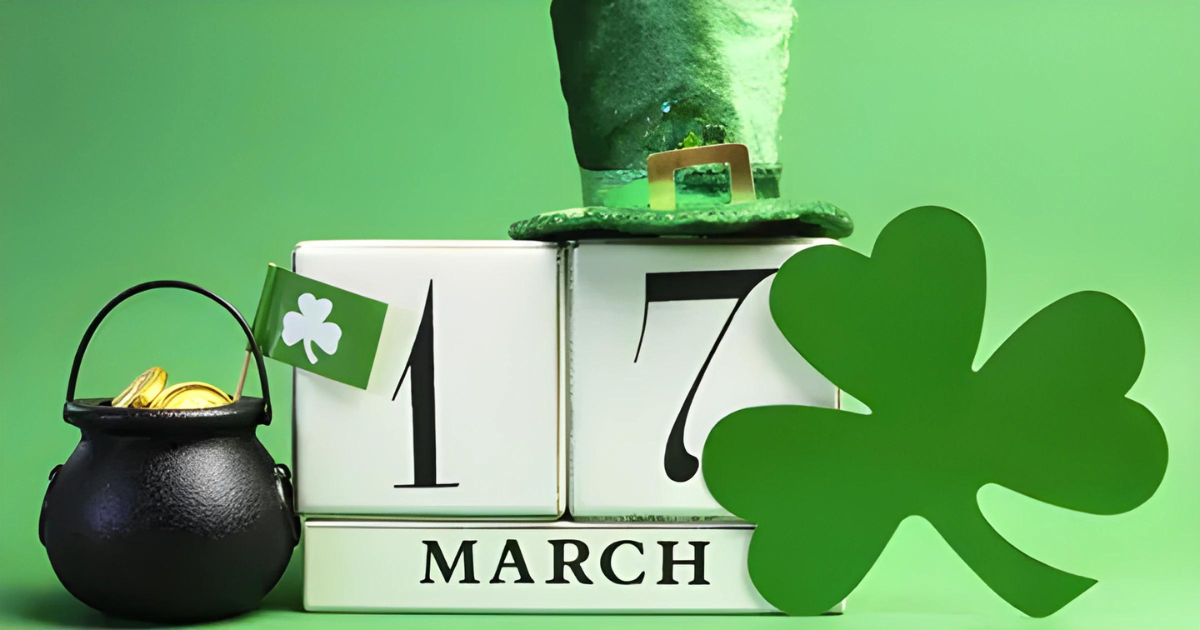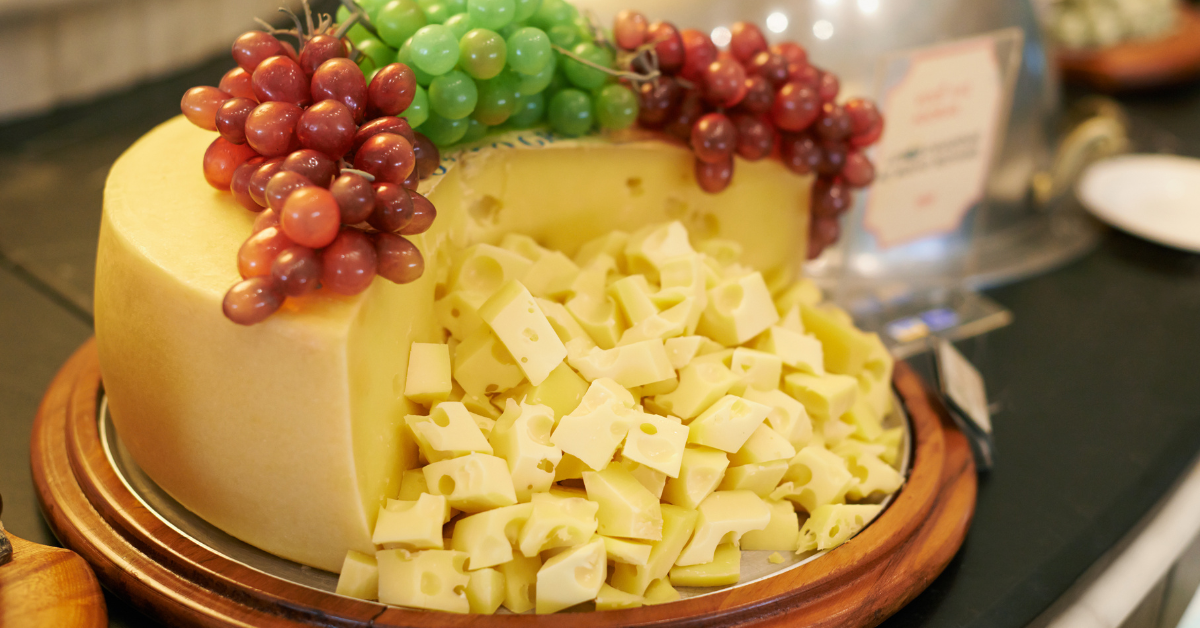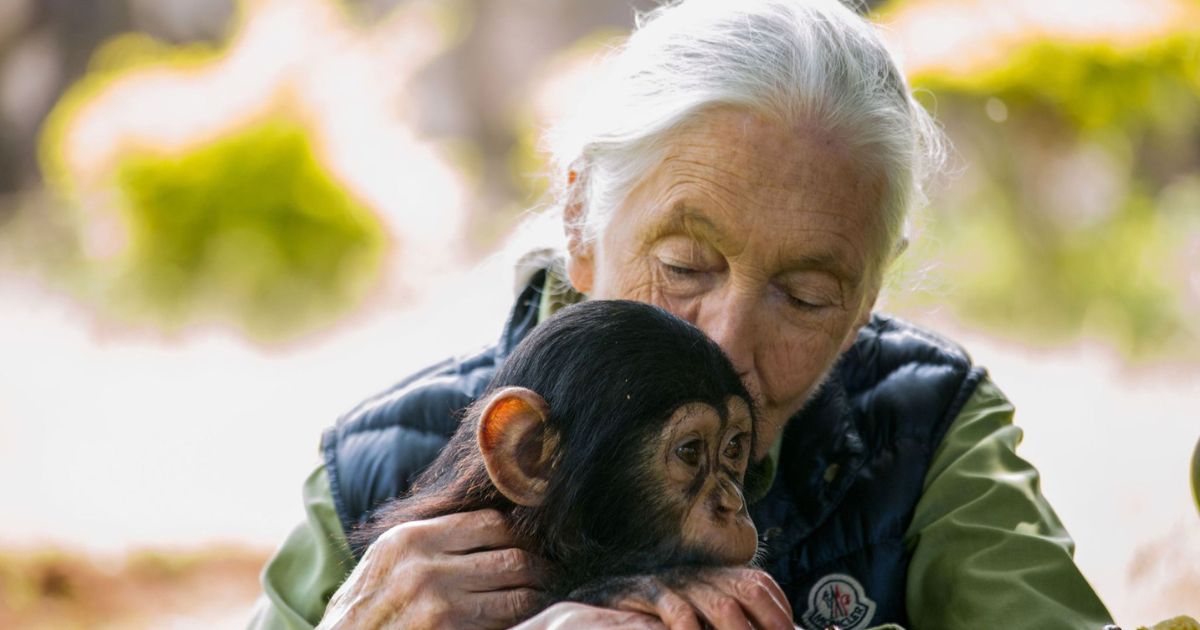Introduction
As the world eagerly awaits the arrival of March 17th, 2024, St. Patrick’s Day‘s spirit again takes center stage, igniting a global celebration of Irish culture, heritage, and revelry. This beloved annual event transcends borders and unites people from all walks of life in a vibrant display of green, shamrocks, and Irish pride.
St. Patrick 2024
St. Patrick 2024: From the famous parades to the boisterous pub celebrations, St. Patrick’s Day has developed into a beloved custom that captivates the hearts and minds of people all over the world.Whether you are an ardent follower of the rich traditions of the Emerald Isle or are not Irish by origin, Easter Day provides a special chance to fully experience the spirit of friendship, music, and contagious enthusiasm that characterizes Irish culture.
Join us as we delve into the fascinating history, beloved customs, and global impact of St. Patrick’s Day, exploring how this celebration has become a beloved cultural phenomenon that continues to captivate and inspire people across the globe.
Read More: DIGITAL NEWS PLANET.
The Origins of St. Patrick’s Day
The roots of St. Patrick’s Day can be traced back to the 5th century, when Saint Patrick, the renowned patron saint of Ireland, is believed to have introduced Christianity to the Emerald Isle. Born in Roman Britain, Irish folklore is constructed around Patrick’s missionary activity and mythical achievements, which include driving snakes from Ireland and explaining the Holy Trinity with a shamrock.
It was initially celebrated as a religious feast commemorating Saint Patrick’s death, and Patrick’s Day gradually became a broader celebration of Irish culture and heritage. Over time, the Day became a symbol of Irish national pride, with parades, traditional music, and vibrant displays of green becoming integral parts of the festivities.

The Global Reach of St. Patrick’s Day
What started out as an Irish provincial festival has spread around the world, bridging national and cultural barriers. From the iconic St. Patrick’s Day Parade in New York City, which attracts millions of spectators annually, to the vibrant festivities in cities like Chicago, Boston, and Sydney, the world embraces the spirit of St. Patrick’s Day with open arms.
In cities with significant Irish diasporas, such as London, Dublin, and Montreal, the celebrations take on an even more profound significance, serving as a powerful reminder of the enduring legacy and resilience of the Irish people. Meanwhile, from Tokyo to Moscow, revelers don their green attire in unexpected corners of the globe and raise a pint in honor of the Emerald Isle’s rich traditions.
St. Patrick’s Day Traditions and Customs
At the heart of St. Patrick’s Day lie a multitude of cherished traditions and customs that have been passed down through generations. These elements have become synonymous with the spirit of the Day, from the iconic shamrock, symbolizing the Holy Trinity, to the vibrant green hues that adorn everything from clothing to buildings.
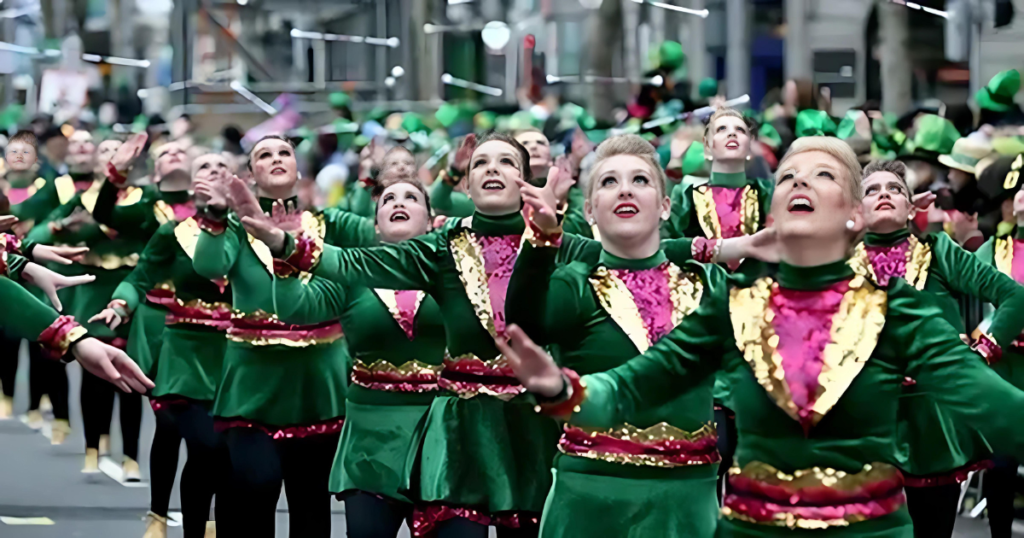
Parades: No st. Patrick’s Day celebration is only complete with the iconic parades that take place in cities around the world. These colorful processions feature elaborate floats, marching bands, traditional Irish dancers, and a sea of green-clad spectators lining the streets. The parades serve as a vibrant showcase of Irish culture and pride, capturing the essence of the Day’s festive spirit.
Traditional Irish Food and Drink: Indulging in authentic Irish cuisine and libations is integral to the St—Patrick’s Day experience. From hearty dishes like Irish stew and corned beef and cabbage to the iconic pint of Guinness, these culinary delights offer a taste of Ireland’s rich culinary heritage.
Irish Music and Dance: The lively melodies of traditional Irish music and the graceful movements of Irish dance performances add an enchanting cultural dimension to the celebrations. Whether it’s the rhythmic tapping of hard shoes or the haunting melodies of the uilleann pipes, these artistic expressions capture the soul of the Irish people and their enduring cultural legacy.
Wearing of the Green: Green has long been associated with St. Patrick’s Day, symbolizing Ireland’s lush landscapes and the significance of the shamrock. Revelers embrace this tradition by donning green attire, from festive shirts and hats to elaborate costumes and accessories, creating a vibrant sea of emerald hues wherever the celebrations occur.
Leprechaun Lore: No St. Patrick’s Day celebration would only be complete without acknowledging the mythical leprechaun, a beloved figure in Irish folklore. These mischievous creatures, known for their iconic green attire and pots of gold, have become enduring symbols of Irish whimsy and charm, adding an enchanting touch to the festivities.
The Cultural Significance of St. Patrick’s Day
Beyond the revelry and festivities, st. Patrick’s Day holds significant cultural importance for the Irish diaspora and those celebrating their Irish heritage. The Day is a powerful reminder of the resilience and enduring spirit of the Irish people, who have overcome numerous challenges throughout history while preserving their rich cultural traditions.
For generations of Irish immigrants and their descendants, st. Patrick’s Day has been a way to honor their roots, celebrate their identity, and pass on the legacy of their ancestors to future generations. It is a time to embrace the values of community, hospitality, and the indomitable Irish spirit that has endured through centuries of hardship and triumph.
Furthermore, st. Patrick’s Day has become a symbol of unity and inclusivity, transcending cultural and religious boundaries. People from all walks of life, regardless of their backgrounds, are welcome to join in the celebrations, fostering a sense of camaraderie and appreciation for the vibrant tapestry of cultures that make up our global society.
The Economic Impact of St. Patrick’s Day
While st. Patrick’s Day is primarily celebrated as a cultural and social event; its economic impact must be noticed. The festivities generate significant revenue for businesses, particularly in the hospitality and retail sectors, as revelers flock to pubs, restaurants, and stores to partake in the celebrations.
In cities with large Irish populations or thriving tourism industries, the economic benefits of St. Patrick’s Day can be substantial. Parades, festivals, and events attract visitors from far and wide, boosting local economies and creating employment opportunities for vendors, performers, and service providers.
Moreover, the global popularity of St. Patrick’s Day has spawned a thriving industry of themed merchandise, from green apparel and accessories to novelty items and decorations. This has provided opportunities for entrepreneurs and businesses to capitalize on the holiday’s widespread appeal, contributing to economic growth and job creation.
St. Patrick’s Day and Environmental Considerations
The celebration of St. Patrick’s Day has come under scrutiny as environmental problems have gained more and more attention worldwide.. The excessive consumption of single-use plastics, the impact of large-scale events on local ecosystems, and the carbon footprint associated with travel and transportation have all raised concerns among environmentalists and sustainability advocates.
In response, many cities and organizations have implemented eco-friendly initiatives to mitigate the environmental impact of St. Patrick’s Day festivities. These efforts include promoting reusable cups and containers, implementing recycling programs, and encouraging sustainable transportation options such as public transit or carpooling.
Additionally, some communities have embraced the concept of “green” St. Patrick’s Day celebrations, incorporating environmentally conscious practices into their events. These initiatives may include using sustainable decorations, promoting plant-based food options, and organizing community clean-up efforts after the celebrations.
By addressing these environmental concerns, organizers and participants can ensure that St. Patrick’s Day remains a beloved tradition while promoting responsible stewardship of our planet.
St. Patrick’s Day in the Digital Age
In the modern era, the celebration of St. Patrick’s Day has been profoundly impacted by the rise of digital technologies and social media. Internet platforms are now effective instruments for interacting with like-minded people, exchanging cultural experiences, and demonstrating the vibrant Irish community throughout the globe.
An important factor in increasing the popularity and exposure of St. Patrick’s Day events has been social media. From livestreaming parades and events to sharing photographs and videos of festivities, platforms like Facebook, Instagram, and TikTok have enabled people to connect and celebrate their Irish heritage globally.
Furthermore, online communities have emerged as digital hubs for Irish culture enthusiasts, providing spaces for sharing stories, recipes, and cultural insights. These virtual spaces have fostered a sense of connection and camaraderie among those who may be geographically distant but share a love for all things Irish.
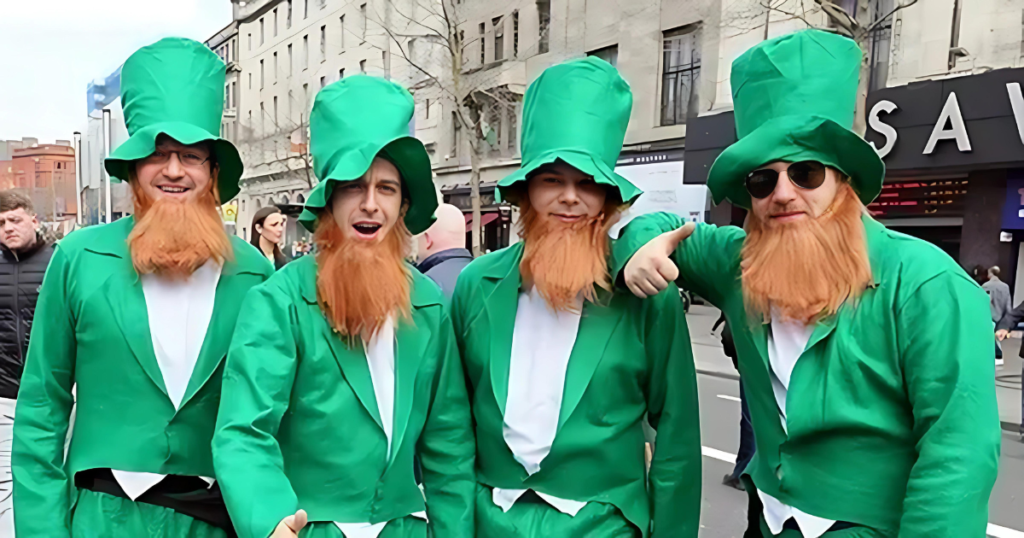
Additionally, digital technologies have facilitated preserving and disseminating Irish cultural traditions. Online archives and digital repositories have enabled access to historical accounts, traditional music recordings, and visual representations of Irish heritage, ensuring that these valuable cultural assets are preserved for future generations.
Conclusion
As the world eagerly anticipates the arrival of St. Patrick 2024, the enduring spirit of St. Patrick’s Day continues to captivate and inspire people across the globe. This beloved celebration has transcended its origins as a religious feast day to become a vibrant and inclusive expression of Irish culture, heritage, and pride.
From the iconic parades and traditional music to the cherished customs and culinary delights, st. Patrick’s Day offers a unique opportunity to immerse oneself in the rich tapestry of Irish traditions. It is a time for communities to come together, celebrate their shared roots, and embrace the values of camaraderie, hospitality, and resilience that have defined the Irish people for centuries.
Moreover, st. Patrick’s Day is a powerful reminder of the importance of cultural preservation and appreciation. As the world becomes increasingly interconnected, celebrations like this play a vital role in fostering understanding, promoting unity, and ensuring that the diverse cultural legacies of our global community are celebrated and cherished for generations to come.
So, whether you’re Irish by birth or simply an enthusiast of the Emerald Isle’s rich traditions, st. Patrick’s Day 2024 promises to be a truly unforgettable celebration. Embrace the spirit of festivity, don your green attire, and raise a pint to the enduring legacy of Ireland and its people. This legacy continues to inspire and unite us all.
-
What is the historical significance of St. Patrick’s Day?
Originally a religious holiday, St. Patrick’s Day honored Ireland’s patron saint, Saint Patrick, who is said to have brought Christianity to the Emerald Isle in the fifth century. Over time, the celebration evolved into a broader celebration of Irish culture, heritage, and national pride.
-
How is St. Patrick’s Day celebrated around the world?
St. Patrick’s Day is celebrated globally with vibrant parades, traditional Irish music and dance performances, wearing green attire, indulging in Irish cuisine and drinks like Irish stew and Guinness, and embracing Irish cultural traditions. Major celebrations occur in cities with significant Irish populations, such as New York, Boston, Chicago, Dublin, and London.
-
What are some iconic symbols and traditions associated with St. Patrick’s Day?
A few of the most well-known customs and symbols associated with St. Patrick’s Day are the shamrock, green, leprechaun stories, parades, Irish music and dancing, and classic Irish fare like corned beef and cabbage.
-
What is the cultural significance of St. Patrick’s Day for the Irish diaspora?
For generations of Irish immigrants and their descendants, St. Patrick’s Day is a powerful reminder of their roots, a celebration of their identity, and a way to honor their ancestors’ legacy. It is a time to embrace the values of community, hospitality, and the indomitable Irish spirit that has endured through centuries of hardship and triumph.
-
How has technology impacted the celebration of St. Patrick’s Day?
Digital technologies and social media have played a significant role in amplifying the reach and visibility of St. Patrick’s Day celebrations. Online platforms have enabled people to connect, share cultural experiences, and preserve Irish cultural traditions globally, fostering a sense of community among Irish culture enthusiasts worldwide.

